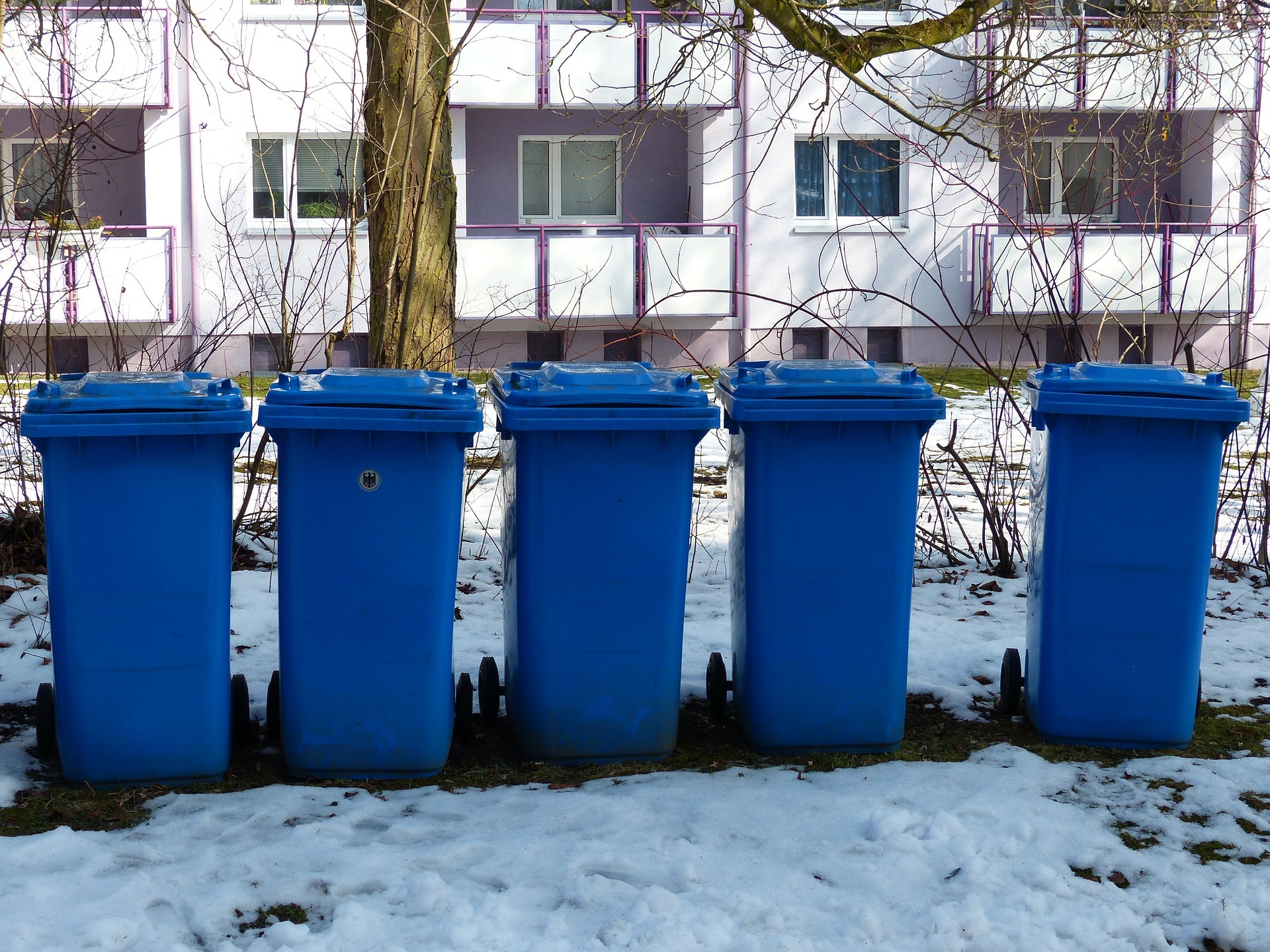Textile waste in textile industry: how it affects our planet and what can we do to minimize it?
The fashion and textile industry is one of the most wasteful industries in the world. Global production of all apparel and textile fibers amounts to more than 110 million tons annually, leading to a high amount of textile wastes. These textile wastes take decades to degrade while they are emitting greenhouse gases, pollutes water, and leaves a negative impact on the Earth.
According to Elizabeth L. Cline, the author of “Overdressed: The Shockingly High Cost of Cheap Fashion”, we only wear our clothes 7 times on average before discarding them and fast fashion companies are burning their unsold clothes and 15% of their textiles end up not recycled.
Textile overproduction causes a significant burden for the environment and our planet. Textiles are using a big amount of natural resources and toxic chemicals, also the large quantities of carbon dioxide just adds to the problem. However, despite this knowledge, lots of textile products are disposed of, which pollutes our waters and clogs landfills.
If nothing changes, the textile and apparel sector’s material usage will reach 300 million tons and the amount of microplastic released to the oceans will be 22 million by 2050. This shows that sustainability and recycling are indeed needed in the textile industry to achieve greater success and make our planet a better place to live in.
To make our environment better and shorten the textile waste, fast fashion has to slow down its business and consumers need to become more responsible. Fast fashion brands produce a big amount of textile goods and this way the textile waste is growing bigger and bigger. 95% of clothing can indeed be recycled, but despite that, recycled fabrics usually have worse quality than the original, and only a small amount can be reused. With a change of scenery in the textile industry, more and more new, selective consumer emerges that are aware of the impact of their actions and decisions. They do their research and buy better quality clothes that will last longer and supports sustainable brands. The new consumer also demands brands that pay attention to principles of sustainability, functionality, and making the world a better place. Increasing consumer awareness about sustainable consumption will lead to less environmental damage in the future.
Cluster LATIA Export Development is also trying to develop a product line that is aiming for sustainability, functionality, and practicality, moreover, with their creations they are seeking to not contribute to textile waste. All of their products which are going to be made by Clusters members will be represented in foreign countries.

